
Skoda Fabia Estate (2015-2021) engines, drive and performance
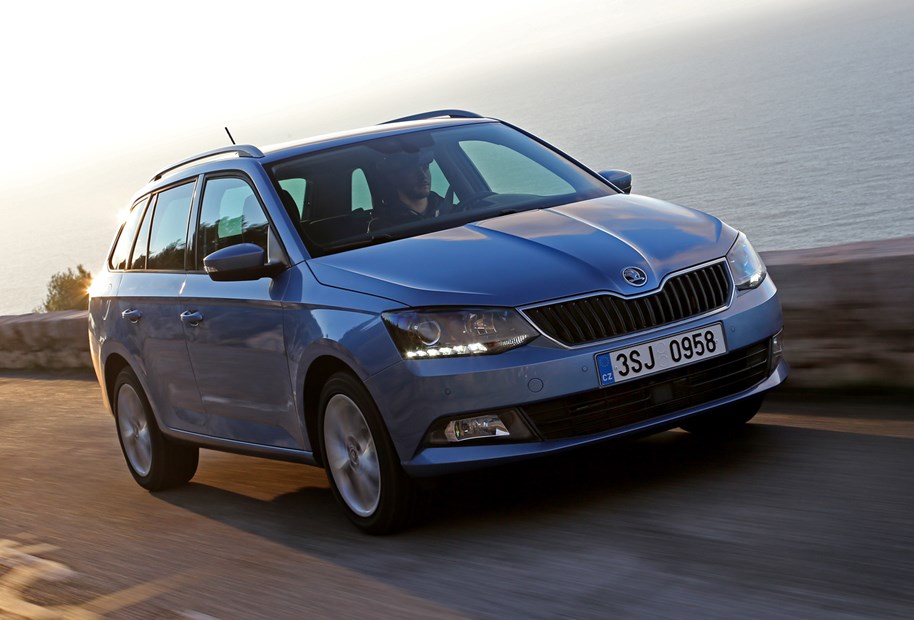
There’s a surprising amount of choice when it comes to engine and gearbox combinations, but whichever you pick, it’s worth remembering Skoda Fabia Estate performance figures are relative to running costs. This is a very cheap car to own, so don’t go expecting supercar-slaying speeds.
Petrol engines
You have a choice of three petrol engines here. The first is the engine we’re expecting to be the most popular – the 1.2 TSI with 88bhp and 160Nm between 1,400 and 3,500rpm. This one sprints from 0-62mph in a far more palatable 11 seconds flat, with a top speed of 115mph. It’s coupled to a five-speed manual gearbox.
We drove this version on the launch on some stunning roads in Nice, southern France, and found it an absolute joy. It’s got bags of character from low down in the rev range and pulls in a linear fashion right the way to the red line. When coupled with the brilliantly matched five-speed gearbox it’s a very rewarding car to drive, yet at low speeds it’s quiet and accessible.
At the upper end of petrol performance is the 1.2 TSI with 108bhp and 175Nm of torque, dropping the 0-62mph time down to 9.6 seconds. Top speed with this engine and the six-speed manual gearbox is 124mph.
You can also have the higher-powered engine with Skoda’s excellent seven-speed DSG automatic, which changes gears in the blink of an eye and has absolutely no effect on performance, fuel economy or CO2 output. We haven’t tried it in this particular car yet, but have tested it in many others and have always been very impressed with its simplicity and software configuration – it never seems to get caught out in the wrong gear and works with the engine to provide the right amount of performance at all times.
Next up is the lowest-powered 1-litre, three-cylinder unit also found in the firm’s tiny Citigo. It comes with 74bhp and 95Nm between 3,000 and 4,300rpm, which means 0-62mph in 14.9 seconds and a top speed of 109mph. We’d suggest this engine is best-suited to city driving, its five-speed manual gearbox struggles when approaching motorway speeds. As a word of warning, this car can feel very slow indeed, especially if you need to climb a steep hill or are carrying a heavy load.
Diesel power
Handling the headline super-low running costs is a 1.4-litre diesel engine available in a couple of guises. It can be ordered with 89bhp and 230Nm with either a five-speed manual gearbox or seven-speed DSG automatic. The former is the money savers’ hero and will cover 0-62mph in 11.3 seconds with a top speed of 114mph, the latter performing exactly the same but with slightly worse CO2 emissions and fuel economy.
We drove the lower-powered version on the international launch and came away disappointed after driving the excellent 1.2 petrol first. The diesel emits a lot more noise and there’s less character and more industrial clatter, which we reckon detracts from the fun nature of the car. It does have more than enough punch so you don’t feel short-changed on performance, though.
Finally, there’s a 103bhp/250Nm version of the same engine which offers drivers a sprint from 0-62mph in 10.2 seconds and top speed of 122mph. We’ve yet to drive this model.
This could be one of the top cars in its class when it comes to sheer handling capability. It’s no sports car, but at no point does it try to be. What you’ve got is a brilliantly neutral handling balance, light yet accurate steering and such subtle intervention from electronic safety systems that it simply feels like the car can take anything in its stride.
That final point is mainly thanks to Skoda installing the clever XDS+ front differential system (seen in the Golf GTI ) to the Fabia Estate. This uses a combination of brakes to slow the inside wheels when cornering, meaning the car will always go in the direction you point the steering wheel. It works by tightening the line if it senses that grip is going to run out.
As we’ve mentioned, you can’t feel it working. All you get from the driver’s seat is the sense the car just goes where you want it to, regardless of how slippery the road conditions are.
This model is up to 65kg lighter that the outgoing model, yet the body is stronger and the entire car stiffer, so it’s an agile little thing too.
Interestingly, the steering has been totally revised too. The emphasis isn’t on outright handling per se, but more on reducing strain on the engine and so driving down running costs. It provides no more feel or feedback that any of its rivals, but it’s light enough for easy parking and responsive enough for confidence when darting in and out of traffic.



.jpg)
.jpg)
.jpg)
.jpg)
.jpg)
.jpg)
.jpg)


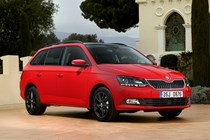


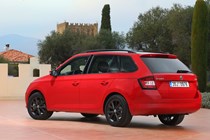
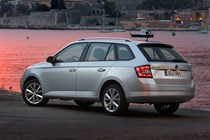
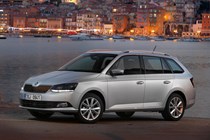
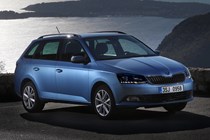
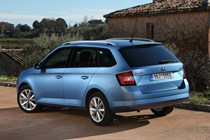
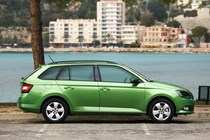
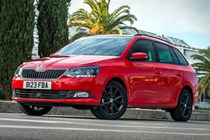
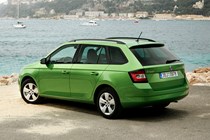
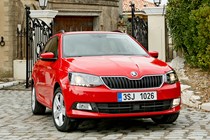

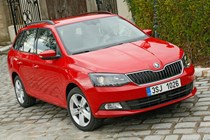
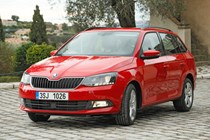
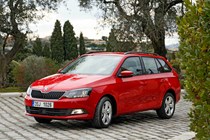
.jpg)
.jpg)
.jpg)
.jpg)
.jpg)


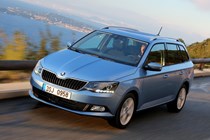
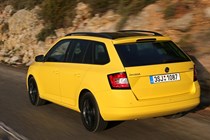
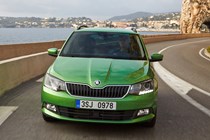
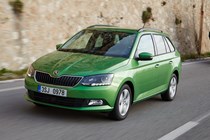
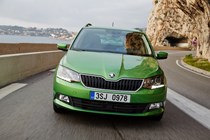
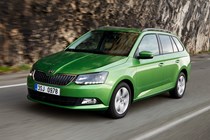
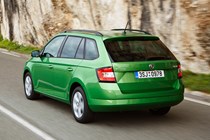
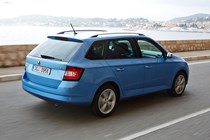
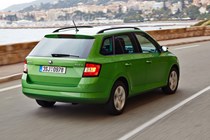
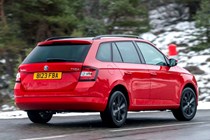
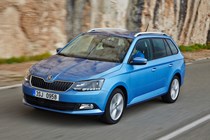
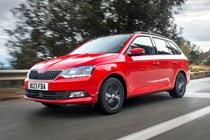
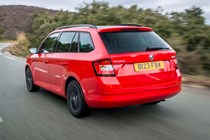

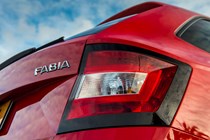
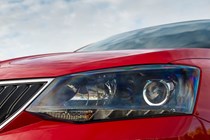
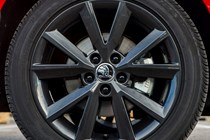
.jpg)
.jpg)
.jpg)
.jpg)
.jpg)
.jpg)
.jpg)
.jpg)
.jpg)
.jpg)
.jpg)
.jpg)
.jpg)
.jpg)
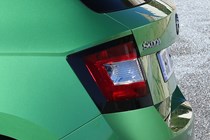
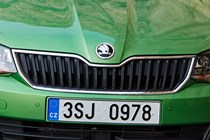


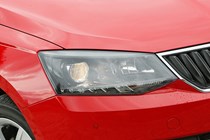
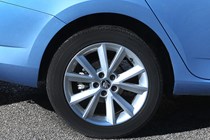
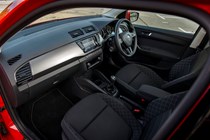


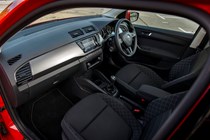
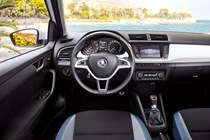
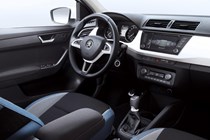
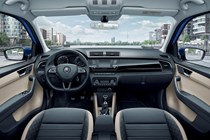
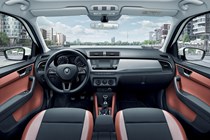
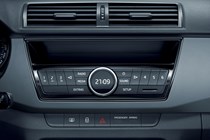
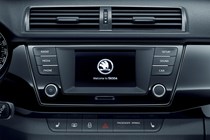
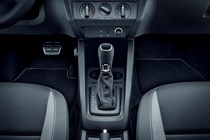
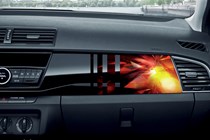

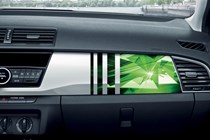
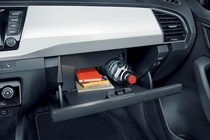
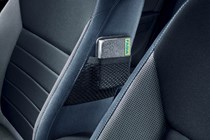
.jpg)
.jpg)
.jpg)
.jpg)
.jpg)
.jpg)
.jpg)
.jpg)
.jpg)
.jpg)
.jpg)
.jpg)
.jpg)
.jpg)
.jpg)
.jpg)
.jpg)
.jpg)
.jpg)
.jpg)
.jpg)
.jpg)
.jpg)
.jpg)
.jpg)
.jpg)


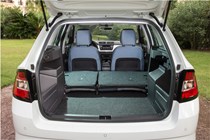
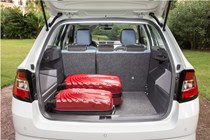
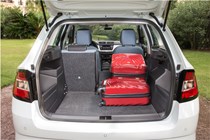
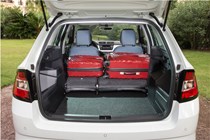
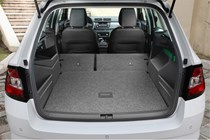
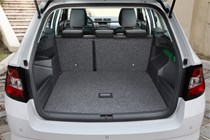
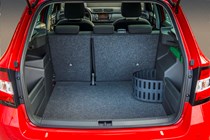
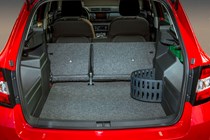
.jpg)
.jpg)
.jpg)
.jpg)
.jpg)
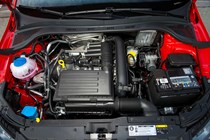
.jpg)
.jpg)
.jpg)
.jpg)

.jpg?quality=50)
.jpg?quality=50)
.jpg?quality=50)
.jpg?quality=50)
.jpg?quality=50)
.jpg?quality=50)
.jpg?quality=50)


















.jpg?quality=50)
.jpg?quality=50)
.jpg?quality=50)
.jpg?quality=50)
.jpg?quality=50)



















.jpg?quality=50)
.jpg?quality=50)
.jpg?quality=50)
.jpg?quality=50)
.jpg?quality=50)
.jpg?quality=50)
.jpg?quality=50)
.jpg?quality=50)
.jpg?quality=50)
.jpg?quality=50)
.jpg?quality=50)
.jpg?quality=50)
.jpg?quality=50)
.jpg?quality=50)






















.jpg?quality=50)
.jpg?quality=50)
.jpg?quality=50)
.jpg?quality=50)
.jpg?quality=50)
.jpg?quality=50)
.jpg?quality=50)
.jpg?quality=50)
.jpg?quality=50)
.jpg?quality=50)
.jpg?quality=50)
.jpg?quality=50)
.jpg?quality=50)
.jpg?quality=50)
.jpg?quality=50)
.jpg?quality=50)
.jpg?quality=50)
.jpg?quality=50)
.jpg?quality=50)
.jpg?quality=50)
.jpg?quality=50)
.jpg?quality=50)
.jpg?quality=50)
.jpg?quality=50)
.jpg?quality=50)
.jpg?quality=50)










.jpg?quality=50)
.jpg?quality=50)
.jpg?quality=50)
.jpg?quality=50)
.jpg?quality=50)

.jpg?quality=50)
.jpg?quality=50)
.jpg?quality=50)
.jpg?quality=50)